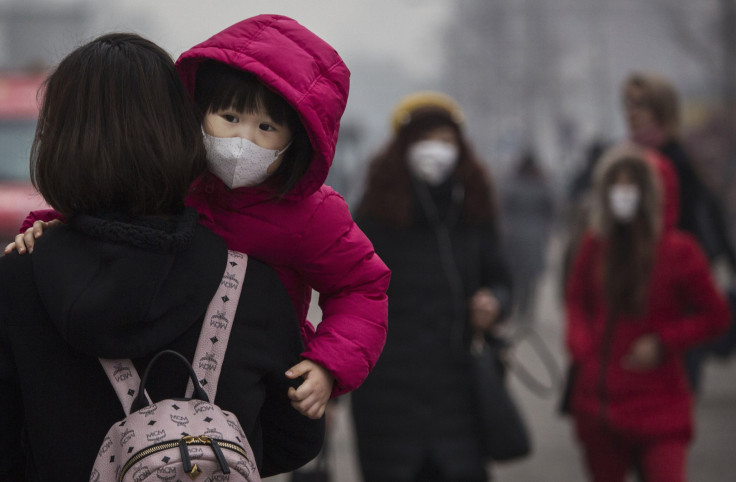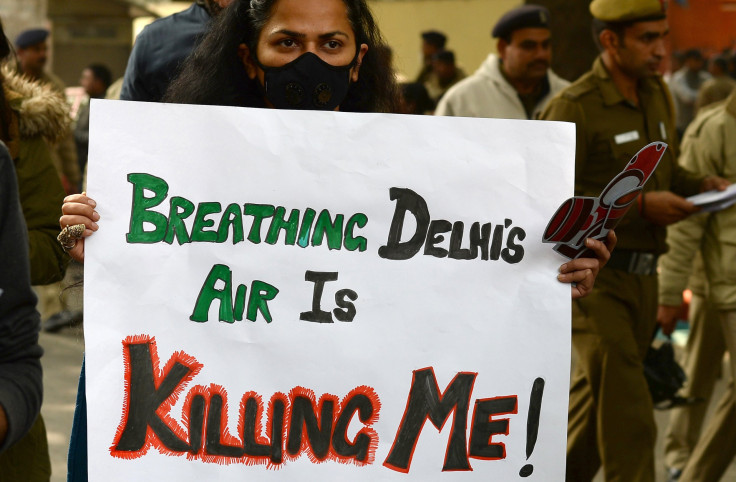Unhealthy Environment Was A Factor In Nearly Quarter Of Global Deaths In 2012, WHO Says

Nearly a quarter of all deaths worldwide in 2012 were caused by preventable environmental factors such as climate change, air, water and soil pollution and chemical exposures, the World Health Organization (WHO) said in a report released Tuesday. The latest report found that these environmental risk factors led to 12.6 million deaths out of a total of 55.6 million.
Of these, two-thirds, or 8.2 million deaths, were from non-communicable diseases (NCDs) attributable to air pollution, such as strokes, cancers and heart illnesses — a significant rise in the 10 years since the first edition of the report was published.
Environmental risks take their greatest toll on young children and older people, with children under 5 and adults aged 50 to 75 years most affected, WHO said in the report. Lower respiratory infections and diarrhoeal diseases mostly impact children under 5, while older people are most affected by NCDs such as heart diseases.
“A healthy environment underpins a healthy population,” WHO Director-General Margaret Chan said in a statement accompanying the report. “If countries do not take actions to make environments where people live and work healthy, millions will continue to become ill and die too young.”
The report also found that mortality from environmental risks was highest in impoverished regions in sub-Saharan Africa and low- and middle-income countries in Asia.

“Globally, 56 percent of stunted children live in Asia and 36 percent in Africa. Stunted, wasted and underweight children have an increased risk of death from acute respiratory illnesses, diarrhoea, measles and other infectious diseases. More than one million deaths can be attributed to stunting alone,” WHO said in the report.
For the purpose of this study, the United Nations agency defined environmental risks to health as “all the physical, chemical and biological factors external to a person, and all related behaviors, but excluding those natural environments that cannot reasonably be modified.” As a result, these risk factors include anthropogenic climate change and ecosystem change, exposure to ultraviolet and ionizing radiation and occupational risks associated with working in a hazardous environment.

The report does not include risks that depend on individual behavior, such as alcohol consumption, smoking and diet, unless it is linked to environmental degradation.
Since the links between environmental factors, such as air pollution, and NCDs, such as cardiovascular diseases, is not straightforward, the actual share of deaths attributable to the environment is most likely somewhere in the range of 13 to 34 percent, WHO said.
“There’s an urgent need for investment in strategies to reduce environmental risks in our cities, homes and workplaces,” Maria Neira, director of the public health and environment department at WHO, said in the statement. “Such investments can significantly reduce the rising worldwide burden of cardiovascular and respiratory diseases, injuries, and cancers, and lead to immediate savings in healthcare costs.”
© Copyright IBTimes 2024. All rights reserved.






















